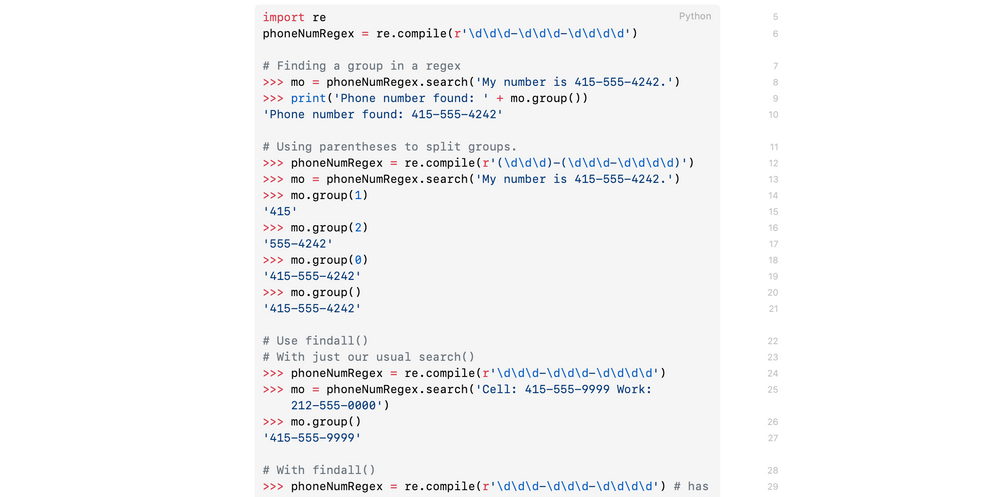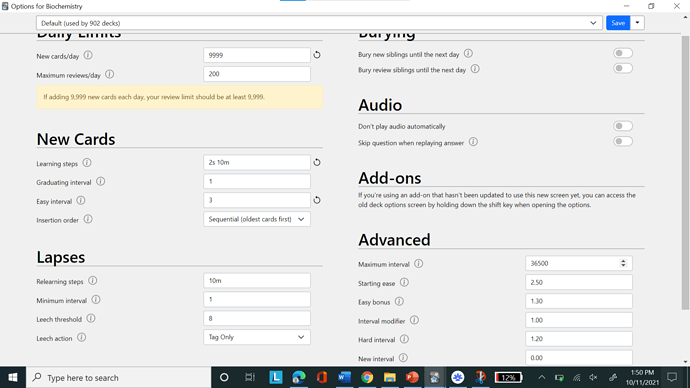


Its success is based on the scientific principles of active recall and spaced repetition that involves showing new and more difficult flashcards more frequently than easier and less difficult flashcards to promote the “spacing effect”.
#Anki settings for zanki software
For example, Anki (Damien Elmes, ) is a software program that allows users to make digital flashcards, which can consist of pictures, videos, or audio. Many e-learning resources are based on established learning principles. However, how students use these resources earlier in the medical school curriculum is less known. It is known that large numbers of students use these tools to study for the United States Medical Licensing Exam (USMLE) Step 1. Faculty need to understand how pervasive these e-learning resources are and how students are using them, to consider how to help students navigate them or incorporate features into the curriculum. found that most of the faculty in their study had positive perceptions of e-learning resources, far less incorporated any into their teaching. The barriers to utilizing e-learning resources were lack of resources relevant to lecture, lack of time to use it during lecture and lack of awareness of these resources.

Undergraduate medical education demands learners to master large amounts of material at an alarming pace. Additionally, students are learning other skills such as clinical reasoning and physical exam skills that can add to cognitive load. To help cope with learning pace, medical students have resorted to e-learning resources that include video lectures, visual mnemonics, and flashcard systems. A large proportion of first-year medical students use Anki to supplement their studies. Faculty should consider ways to incorporate Anki into their teaching to facilitate student learning through active recall and spaced repetition. Survey data shows that students value formal lectures and prefer to supplement their studies with Anki. About 70% of participants utilized Anki in the course and the usage increased significantly from Week 1 to Weeks 7 and 13. There was variation to how many days a week students used Anki.
#Anki settings for zanki how to
Sixty first-year medical students were recruited in a twelve-week longitudinal study consisting of three surveys (Weeks 1, 7, and 13) about usage of Anki and their perceptions of how to use it with formal lecture. To help cope with learning, medical students have resorted to e-learning resources that include video lectures, visual mnemonics, and flashcard systems. The purpose of the current study was to determine the usage of Anki (Damien Elmes, ) among first-year medical students in an integrated first-year module consisting of anatomy and physiology. Additionally, this study aimed to elucidate how students used Anki in conjunction with their lectures. It is well known that undergraduate medical education demands learners to master large amounts of material.


 0 kommentar(er)
0 kommentar(er)
